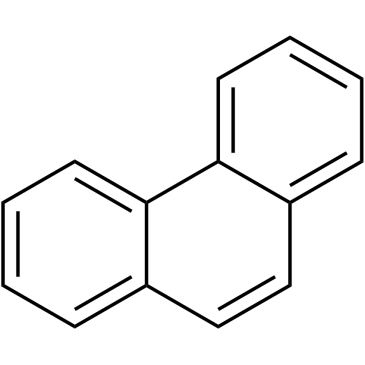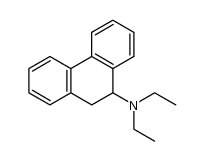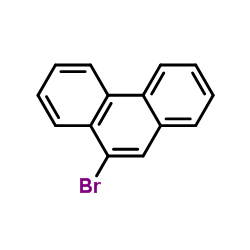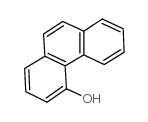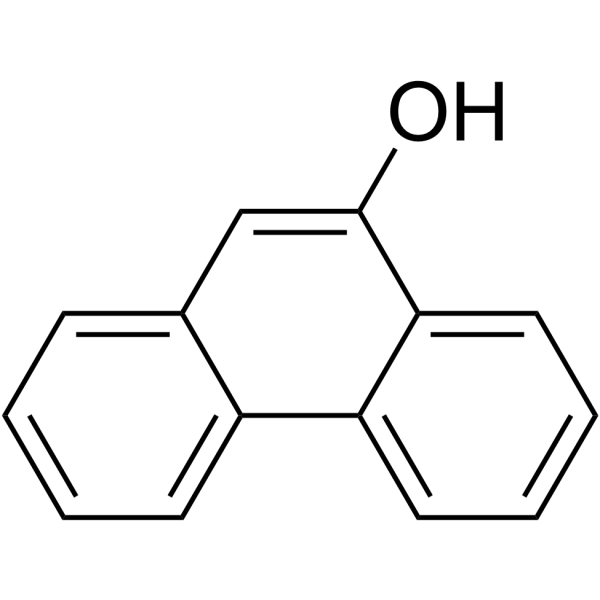85-01-8
| Name | phenanthrene |
|---|---|
| Synonyms |
Phenanthrin
Phenanthrene PHENANTHRENE, REAGENT Ravatite EINECS 201-581-5 O-DIPHENYLENEETHYLENE Phenanthren METHYLENE CHLORIDE IN THE STANDARD MATERIAL OF THE PHILIPPINE ORGANIC POLLUTANTS, CERTIFIED REFERENCE MATERIAL PHENANTHRINE Phenanthracene PHENANTHRENE FOR SYNTHESIS MFCD00001168 Phenantrin |
| Description | Phenanthrene is a polycyclic aromatic hydrocarbon (PAH) and has been frequently used as an indicator for monitoring PAH contaminated matrices[1]. Phenanthrene induces oxidative stress and inflammation[2]. |
|---|---|
| Related Catalog | |
| References |
| Density | 1.1±0.1 g/cm3 |
|---|---|
| Boiling Point | 337.4±9.0 °C at 760 mmHg |
| Melting Point | 98-100 °C(lit.) |
| Molecular Formula | C14H10 |
| Molecular Weight | 178.229 |
| Flash Point | 146.6±12.8 °C |
| Exact Mass | 178.078247 |
| LogP | 4.68 |
| Vapour Pressure | 0.0±0.3 mmHg at 25°C |
| Index of Refraction | 1.715 |
| Storage condition | APPROX 4°C |
| Stability | Stable. Combustible. Incompatible with strong oxidizing agents. |
| Water Solubility | insoluble |
CHEMICAL IDENTIFICATION
HEALTH HAZARD DATAACUTE TOXICITY DATA
MUTATION DATA
|
| Symbol |


GHS07, GHS09 |
|---|---|
| Signal Word | Warning |
| Hazard Statements | H302-H315-H319-H335-H410 |
| Precautionary Statements | P261-P273-P305 + P351 + P338-P501 |
| Target Organs | Blood, Central nervous system, Liver |
| Personal Protective Equipment | dust mask type N95 (US);Eyeshields;Gloves |
| Hazard Codes | Xn:Harmful;N:Dangerousfortheenvironment; |
| Risk Phrases | R22;R40;R50/53 |
| Safety Phrases | S26-S60-S61-S36/37-S29-S62-S45-S16-S7-S24/25-S23-S53 |
| RIDADR | UN 3077 9/PG 3 |
| WGK Germany | 2 |
| RTECS | SF7175000 |
| Packaging Group | III |
| Hazard Class | 9 |
| HS Code | 2902909090 |
| Precursor 0 | |
|---|---|
| DownStream 9 | |
| HS Code | 2902909090 |
|---|---|
| Summary | 2902909090 other aromatic hydrocarbons。Supervision conditions:None。VAT:17.0%。Tax rebate rate:9.0%。MFN tariff:2.0%。General tariff:30.0% |


